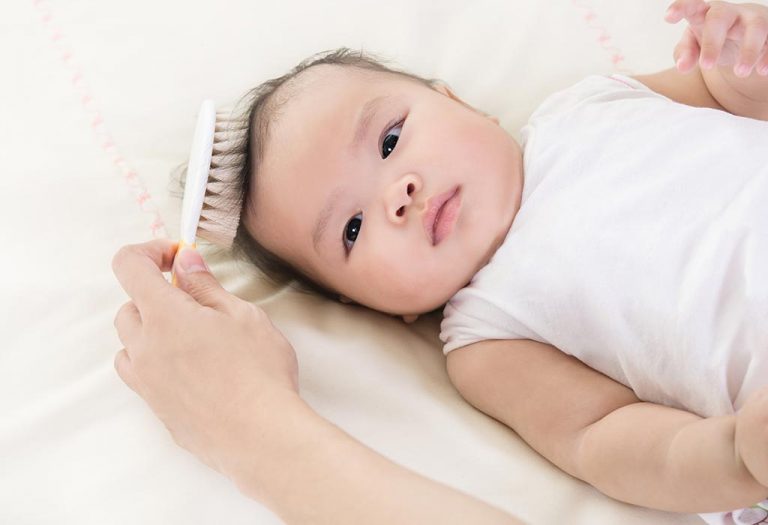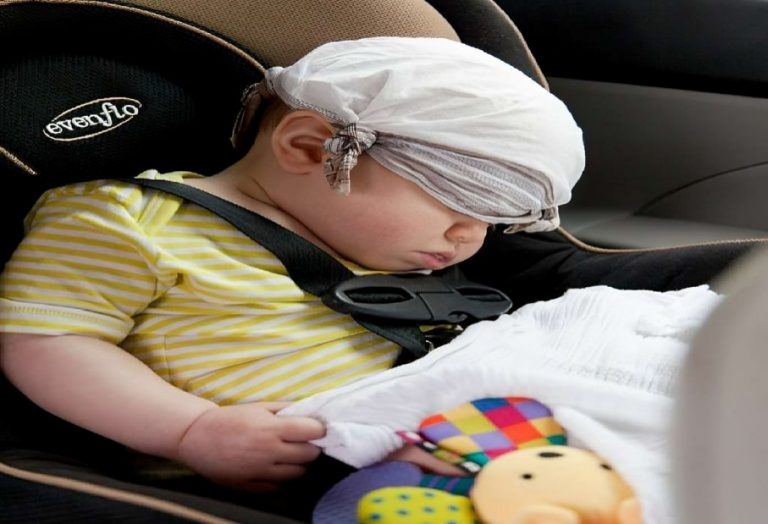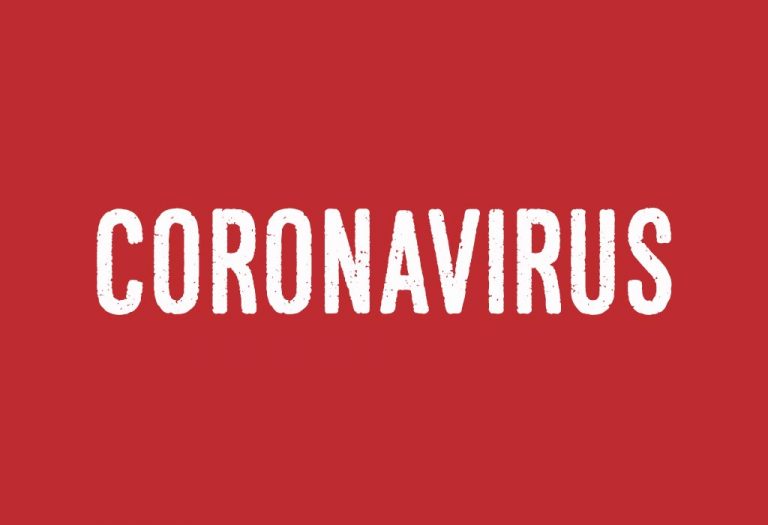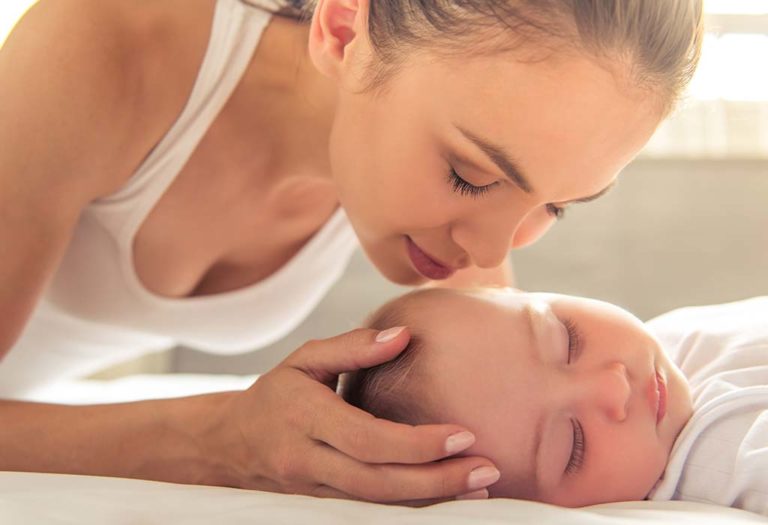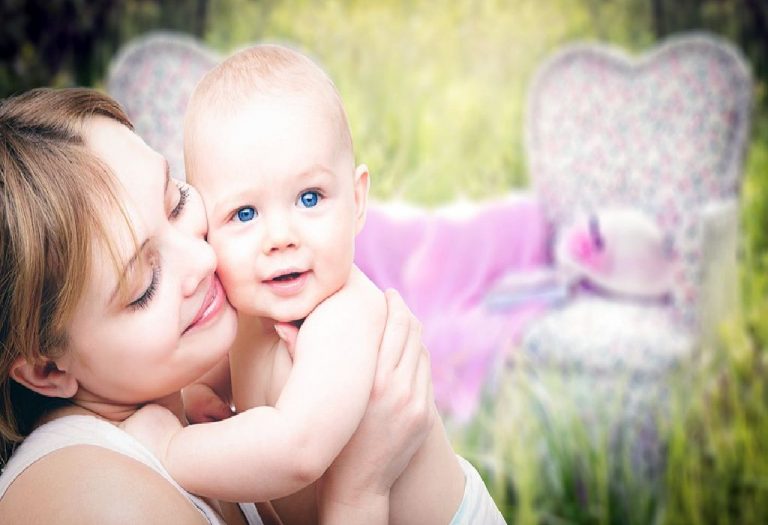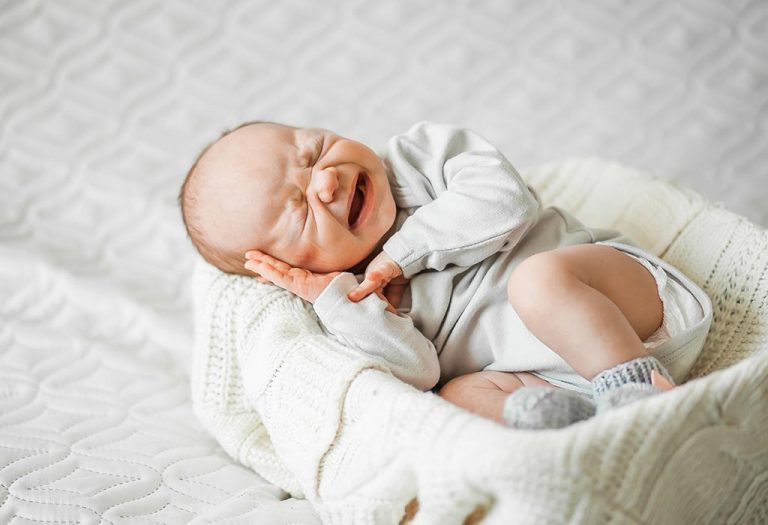5 Reasons to Brush Your Baby’s Hair Regularly
- Why Should You Comb Your Baby’s Hair?
- When Should You Start Combing Baby’s Hair?
- Simple Tips to Brush Your Baby’s Hair
- FAQs
Not all newborns are born bald; some may have lots of hair, but the texture and color of a baby’s hair might change before their first birthday. But whether your baby has thick hair or not, combing newborn hair regularly can be beneficial for them. It helps stimulate blood flow to the scalp, promoting healthy hair growth, and preventing cradle cap—a common scalp condition in infants characterized by crusty or greasy patches on the scalp. Additionally, it can be a soothing experience for the baby, aiding in relaxation and bonding during the grooming process. So, incorporating gentle hair care into your baby’s routine can contribute to their overall well-being.
Why Should You Comb Your Baby’s Hair?
As baby’s skin, scalp, and other body parts are so delicate, it is only normal for parents to ask if they can brush their baby’s hair. The last thing you’d want to do is hurt your baby, so this question is expected. However, you will find yourself at much ease once you know all the benefits your baby will have after a gentle combing. Some of the reasons are listed below:
1. Promotes Healthy Blood Flow
Brushing your baby’s hair with a baby brush that has soft bristles can help increase the blood flow to the scalp and stimulate it. As a result, it will promote healthy hair growth.
2. Helps Relax the Baby
Combing or brushing your baby’s hair gently can give a very therapeutic feeling to your little one and make him feel calm. This can be helpful if you want to make him sleep.
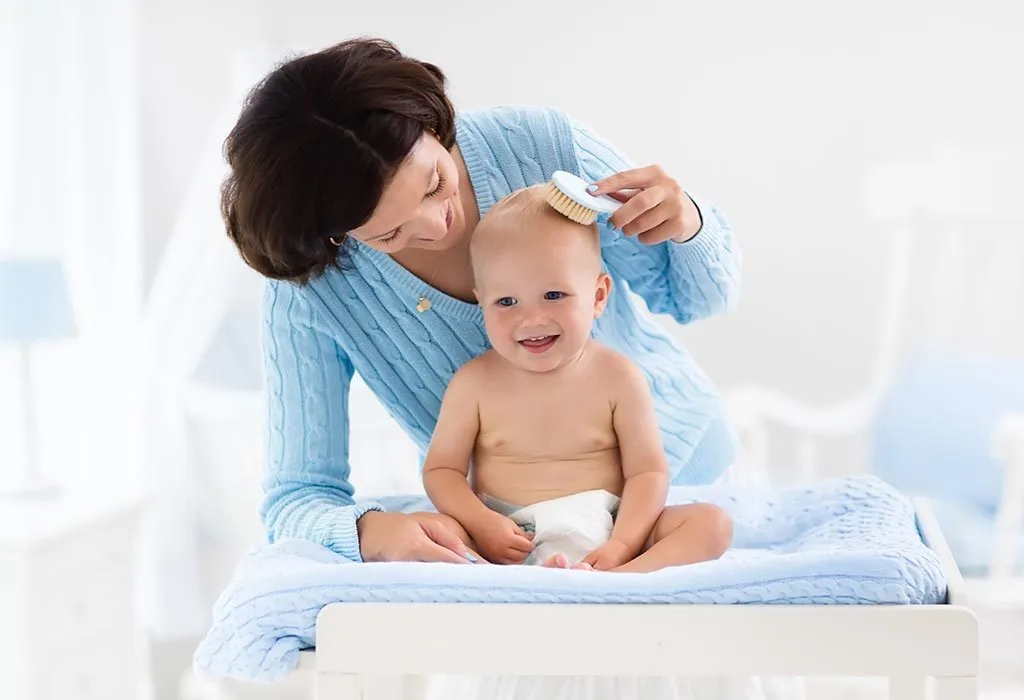
3. Stimulates the Nervous System
When you brush your baby’s hair, you actually massage his scalp. Your baby may feel that you are giving him a light massage, which may help him relax. Massaging can also stimulate his nervous system. This will further promote a stronger central nervous system and your little munchkin will have a healthier brain.
4. Clears Cradle Cap
Newborn babies, especially in the first few months, tend to develop scaly, crusty skin on their scalp, called cradle cap. Although this condition is harmless and usually cures on its own, brushing your baby’s hair regularly will help clear the flaky skin and even reduce the chances of him developing cradle cap again.
5. Helps Groom the Baby
There’s no harm in making your baby look extra cute, especially after he wakes up from a nap with messy hair. Combing your baby’s hair will help set it and make him look well-groomed.
When Should You Start Combing Baby’s Hair?
You can start brushing your baby’s hair at any time. There is no set age to start combing his hair, but always remember to use the right kind of brush that has soft bristles. It should not irritate your baby’s skin.
Simple Tips to Brush Your Baby’s Hair
Your baby has a delicate scalp and that’s why you must brush his hair with care. If you are apprehensive about combing your baby’s hair, it will help to learn how to comb newborn hair. You can do well with these tips that explain how to brush a baby’s hair.
- Soft bristle combs are an absolute must. Do not use any other adult combs, as they might irritate and may hurt your baby.
- Ensure that the comb has wide teeth. This is beneficial when you need to detangle the hair. It allows you to do it without hurting the baby.
- If you see that your baby’s hair is tangled, you can occasionally use baby hair serum.
- Start combing from the tip of the hair. If there are tangles and your baby’s hair is long enough, hold the hair and try to comb it. Be careful not to tug at it or put any pressure on it.
- Use a separate comb for your baby’s hair and do not mix it up.
- If you have a little girl, only use soft elastic bands to tie her hair. And remember to tie it loose enough. Tight ponytails can cause a lot of distress to the baby.
- Only comb your baby’s hair when it’s dry. Air-dry the hair after bathing him. Wet hair tends to pull out easily from the scalp.
FAQs
1. What type of comb should I use to comb my baby’s hair?
Use a soft bristled, wide-toothed comb to brush your baby’s hair. Remember to brush it as gently as you can and avoid causing any discomfort to your little one.
2. How often should I brush my baby’s hair?
You can brush your baby’s hair daily using a soft-bristled baby brush or comb. However, be gentle to avoid causing discomfort or damaging the delicate scalp.
3. What should I do if my baby resists having their hair brushed?
If your baby resists having their hair brushed, try to make the experience more enjoyable by singing or talking to them softly while you gently brush their hair. You can also incorporate hair brushing into their daily routine so they become accustomed to it over time. If they still resist, it’s okay to skip a brushing session occasionally to prevent negative associations with hair care.
Your baby’s hair and head are very delicate in the first year. Combing his hair can help him with a lot of things, but you need to understand that it needs to be done with proper caution and care. Once you get the hang of it, comb your baby’s hair twice a day.
References/Resources:
1. Furdon. S, Clark. D; Scalp hair characteristics in the newborn infant (Advances in Neonatal Care); National Library of Medicine; https://pubmed.ncbi.nlm.nih.gov/14695500/; December 2003
2. Grubbs. H, Nassereddin. A, Morrison. M; Embryology, Hair; National Library of Medicine; https://www.ncbi.nlm.nih.gov/books/NBK534794/
3. Tan. Y, He. F, Zhang. J, Chen. Z, et al.; Mechanical stimulation of the scalp improves the extra- and intracranial blood circulation in humans and mice (Journal of Traditional Chinese Medical Sciences); Science Direct; https://www.sciencedirect.com/science/article/pii/S2095754820300909; December 2020
4. Kim. I, Kim. T, Ko. Y; The effect of a scalp massage on stress hormone, blood pressure, and heart rate of healthy female (The Journal of Physical Therapy Science); National Library of Medicine; https://www.ncbi.nlm.nih.gov/pmc/articles/PMC5088109/; October 2016
5. Cradle cap; Mayo Clinic; https://www.mayoclinic.org/diseases-conditions/cradle-cap/symptoms-causes/syc-20350396
6. Cradle Cap; Cleveland Clinic; https://my.clevelandclinic.org/health/diseases/15786-cradle-cap-seborrheic-dermatitis-in-infants
Also Read:
Tips for Baby Hair Growth
Ways on How to Wash Baby’s Hair
Essential Tips for Taking Care of Baby’s Hair
Home Remedies to Remove Baby Hair Naturally
Was This Article Helpful?
Parenting is a huge responsibility, for you as a caregiver, but also for us as a parenting content platform. We understand that and take our responsibility of creating credible content seriously. FirstCry Parenting articles are written and published only after extensive research using factually sound references to deliver quality content that is accurate, validated by experts, and completely reliable. To understand how we go about creating content that is credible, read our editorial policy here.






